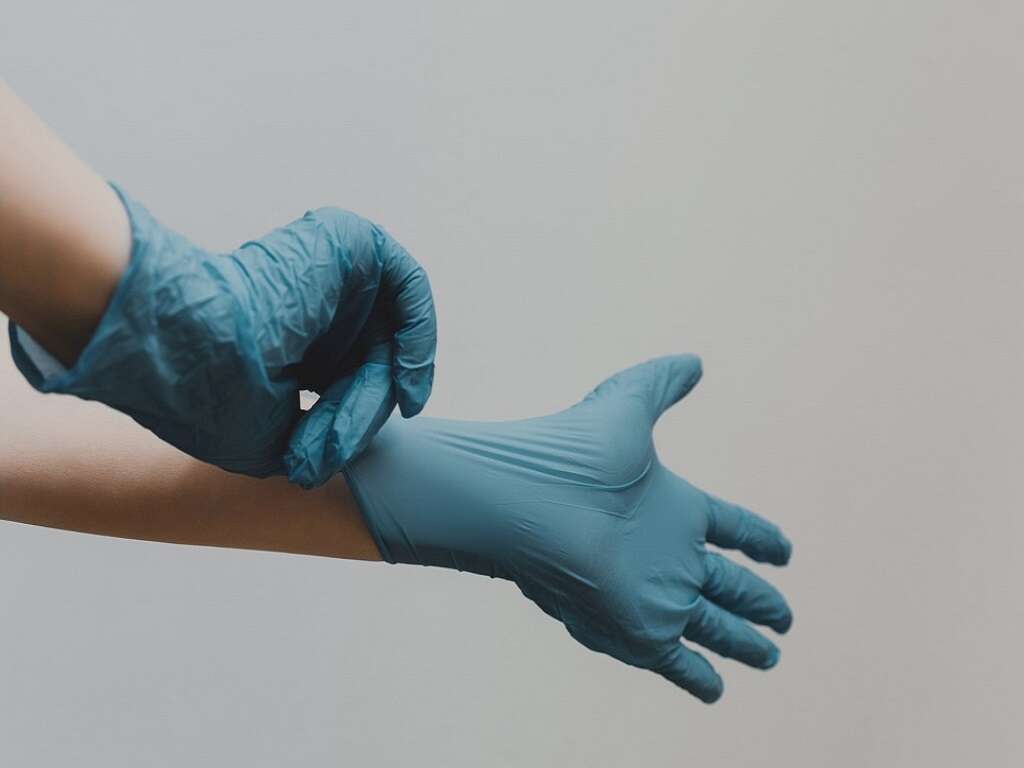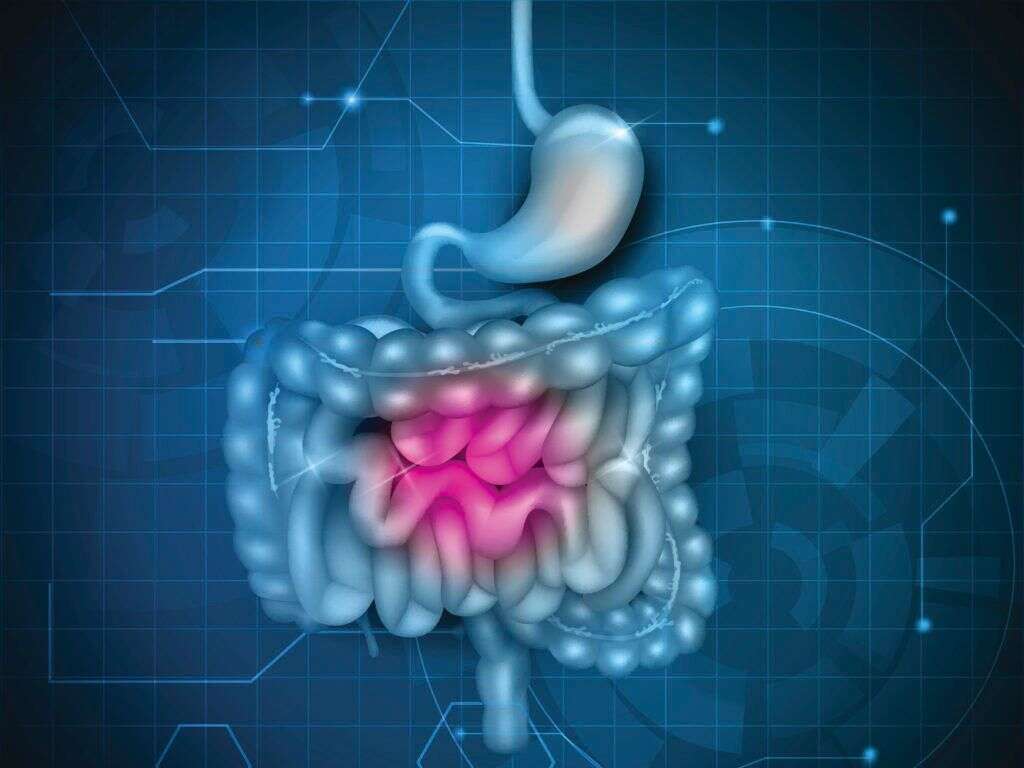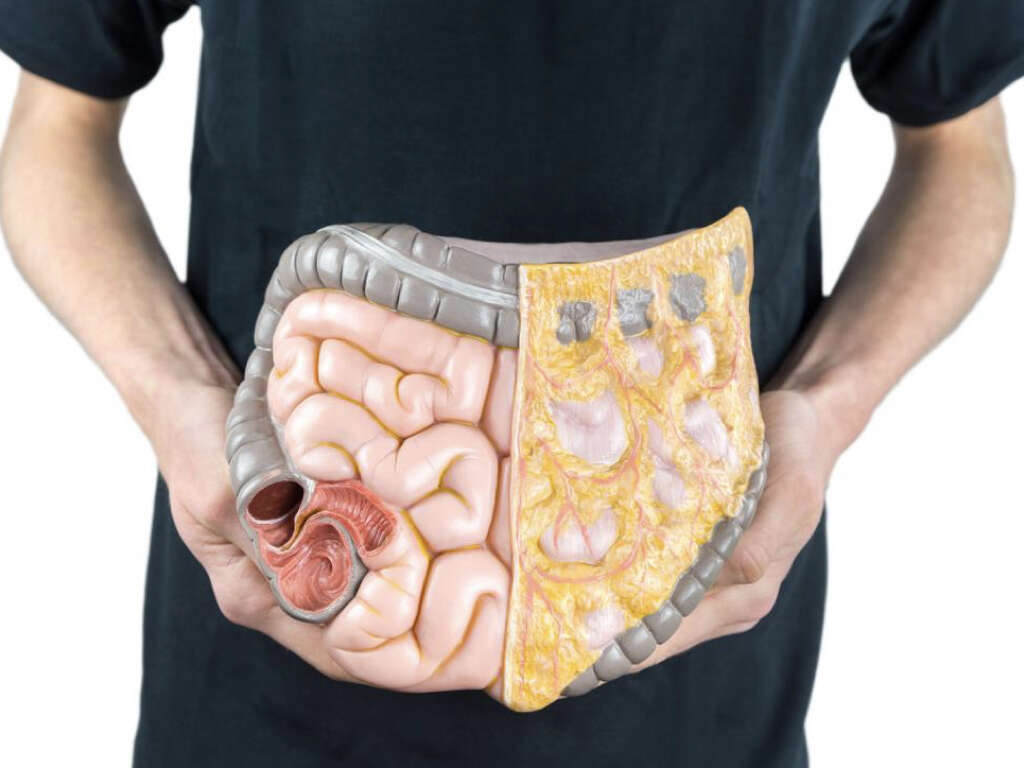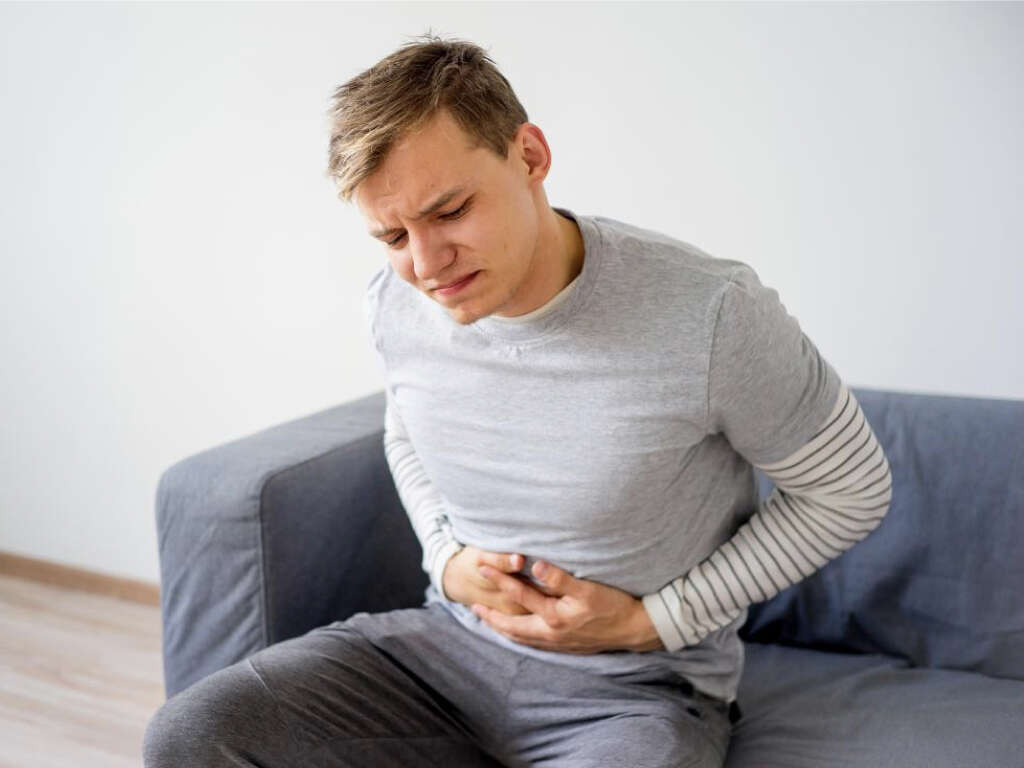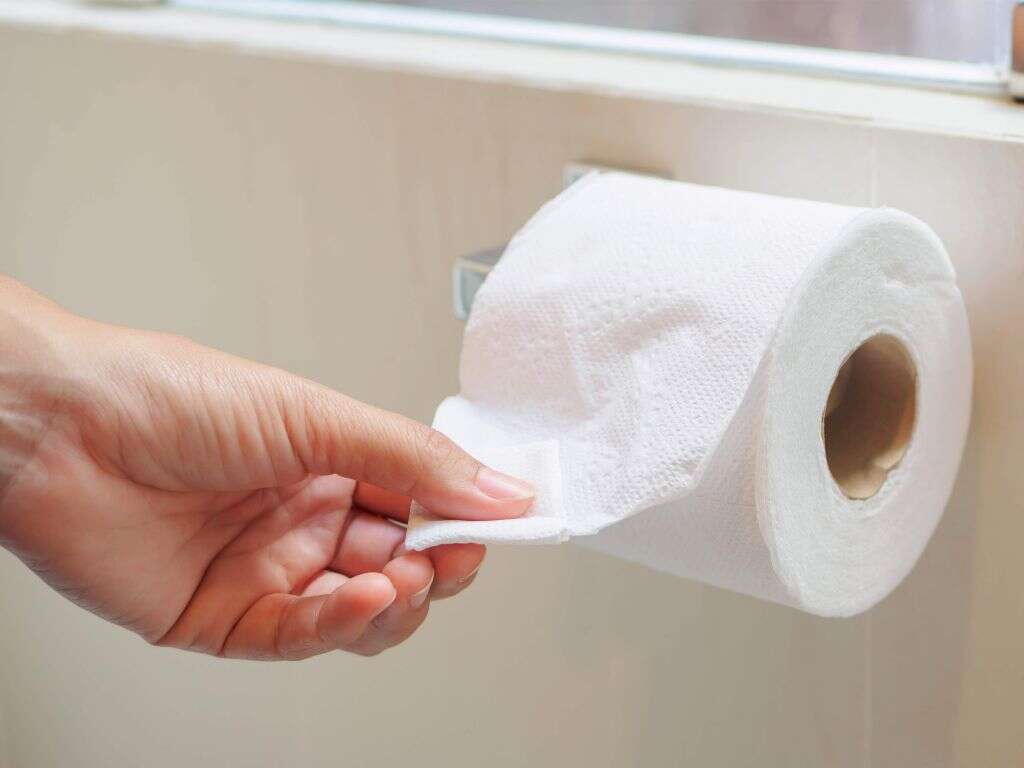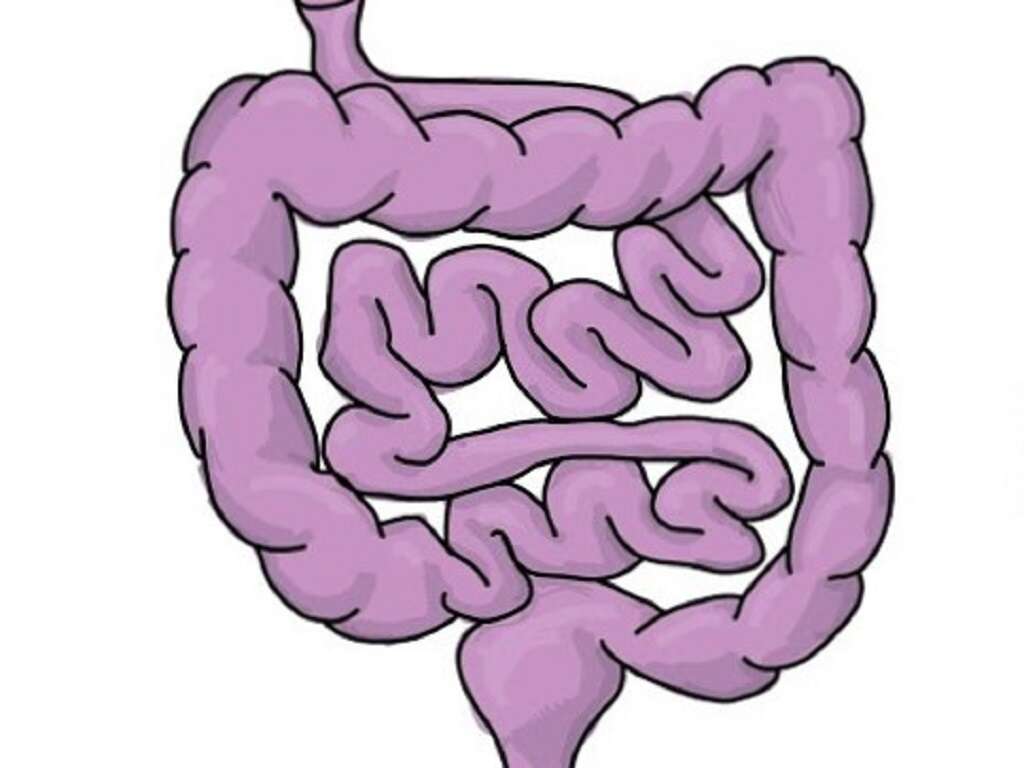Small Intestine Function Overview
 Article Sources
Article Sources
- 1. ’The Structure and Function of the Digestive System.’ Cleveland Clinic, www. my.clevelandclinic.org/health/articles/7041-the-structure-and-function-of-the-digestive-system
- 2. Collins J; Nguyen A; Badireddy M. ‘Anatomy, Abdomen and Pelvis, Small Intestine.’ National Institutes of Health, www.pubmed.ncbi.nlm.nih.gov/29083773
- 3. ’Krause W. Brunner’s glands: a structural, histochemical and pathological profile.’ National Library of Medicine, www.pubmed.ncbi.nlm.nih.gov/11148980
- 4. ’Your Digestive System and How it Works.’ National Institute of Diabetes and Digestive and Kidney Diseases, www.niddk.nih.gov/health-information/digestive-diseases/digestive-system-how-it-works
- 5. ’Easton J. ‘Specific bacteria in the small intestine are crucial for fat absorption.’ The University of Chicago, uchicagomedicine.org/forefront/gastrointestinal-articles/specific-bacteria-in-the-small-intestine-are-crucial-for-fat-absorption
- 6. ’Small intestinal bacterial overgrowth.’ Mayo Clinic, www.mayoclinic.org/diseases-conditions/small-intestinal-bacterial-overgrowth/symptoms-causes/syc-20370168
Small Intestinal Bacterial Overgrowth
Small intestinal bacterial overgrowth, or SIBO, occurs when bacteria that aren't normally in the small intestine disturb the microbe balance. Surgery or disease can also promote SIBO, leading to various symptoms, such as diarrhea and loss of appetite. Other symptoms include abdominal pain, nausea, bloating and weight loss.
SIBO complications include poor nutrient absorption, vitamin deficiencies, osteoporosis and kidney stones. A breath test or small intestine fluid cultures may help diagnose SIBO. Prevention or elimination of overgrown bacteria are the best options for management.6’Small intestinal bacterial overgrowth.’ Mayo Clinic, www.mayoclinic.org/diseases-conditions/small-intestinal-bacterial-overgrowth/symptoms-causes/syc-20370168
Advertisement



